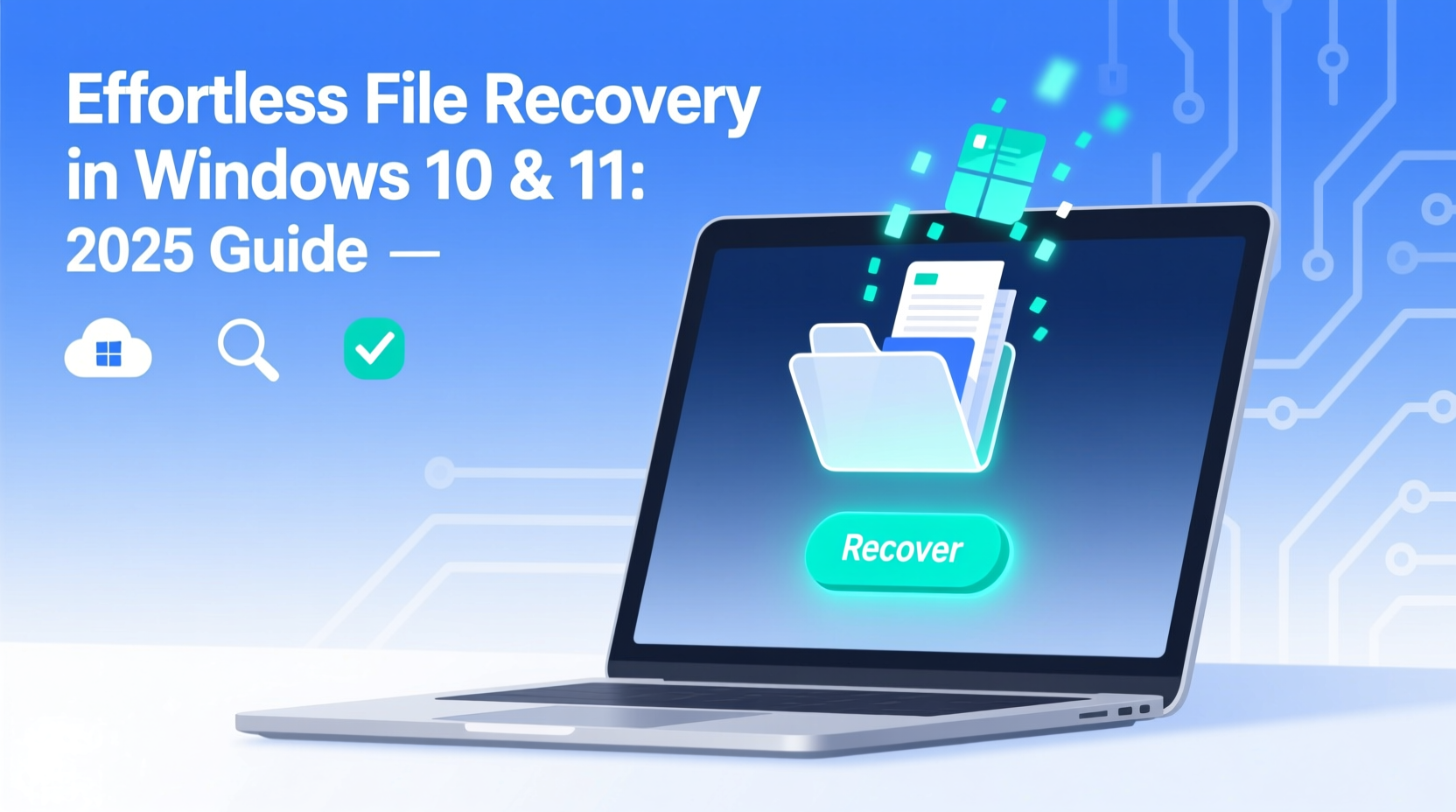Comprehensive Guide to Recovering Deleted Files on Windows
It’s a common dilemma for many computer users: you've accidentally deleted an important file from your Windows PC. After a brief panic, relief sets in if you know how to recover it. Let’s take a deeper dive into several ways you can attempt to restore lost files, whether you’ve already checked the Recycle Bin or are exploring other avenues.
1. The Reliable Recycle Bin
Before exploring external tools, the Recycle Bin is your first stop in the recovery journey. Windows dedicates a portion of your hard drive to this hidden system folder, ensuring files aren’t permanently deleted upon removal. This safety net means you can retrieve a file unless it’s permanently deleted or the Bin emptied.
Open the Recycle Bin by double-clicking its icon on your desktop, where you can browse, search by name, or sort files by different criteria such as deletion date or original location. To recover a file, simply right-click and select "Restore."
2. Recovering Permanently Deleted Files
If a file is removed using Shift+Delete or the Recycle Bin is emptied, the recovery becomes a bit more complex. Although the operating system marks the space on disk as available, the data remains until overwritten by new information. Therefore, prompt action increases the likelihood of a successful recovery.
3. Microsoft’s Windows File Recovery Tool
Microsoft offers a command-line tool designed to tackle the task of bringing back permanently deleted files. Suitable for both Windows 10 and 11, this utility supports various storage devices including mechanical drives, SSDs, and memory cards. The tool presents two modes—regular and extensive—to aid in file recovery.
Using Windows File Recovery: Download it from the Microsoft Store and get acquainted with the commands via the included documentation or Microsoft’s support page. Although the tool is powerful, it can be challenging to use due to its reliance on precise command syntax.
Many users find this tool hit or miss. Thus, while it's worth trying, especially when pursuing a no-cost solution, third-party recovery programs are generally more user-friendly.
4. Exploring Third-Party Recovery Tools
Several third-party tools offer robust features for recovering deleted files, often with greater ease and effectiveness compared to native solutions. Here's a closer look at some notable options:
| Tool | Features | Free Version | Paid Version |
|---|---|---|---|
| Recuva | Recovers files from hard drives, USBs, and memory cards, with both quick and deep scan options | Yes | $19.95/year |
| Glarysoft File Recovery | Scans selected drives or partitions and allows file previews before recovery | Yes | $49.99/year or $99.95 lifetime |
| WinfrGUI | Provides a graphical interface for Windows File Recovery, facilitating easier use | Yes | – |
5. How to Use Recuva
Recuva, from the makers of CCleaner, is known for its simplicity and efficiency. Start by downloading and installing the software. When you launch it, a wizard helps articulate the type and location of the files you're targeting. Opting for a deep scan can be worthwhile if a cursory pass doesn't yield results.
Once scanning is complete, Recuva displays potential recoverable files, indicating their recovery probability. Previewing files before complete restoration is also an option, allowing you to swiftly confirm if Recuva has located the correct item.
6. Delving into Glarysoft File Recovery
Similarly, Glarysoft File Recovery Free provides an intuitive interface and scanning capabilities to help users effortlessly locate lost files. Following installation, you specify drives or partitions for the tool to scan. During or after a scan, filter the results by file type, name, or location to expedite the search for specific files.
The Pro version enhances recovery success with deeper scans, capable of addressing files lost to corruption or malware, ideal for rigorous demands.
Final Thoughts and Additional Tips
Speed is paramount when recovering a file—act quickly after deletion to maximize recovery chances. Always back up critical data regularly to prevent possible loss scenarios. While Windows File Recovery offers basic capabilities for free, tools like Recuva and Glarysoft File Recovery provide user-friendly solutions that often result in more satisfactory outcomes.
Further Reading
For more insights on managing your Windows setup and enhancing your data safety, consider these guides:











 浙公网安备
33010002000092号
浙公网安备
33010002000092号 浙B2-20120091-4
浙B2-20120091-4